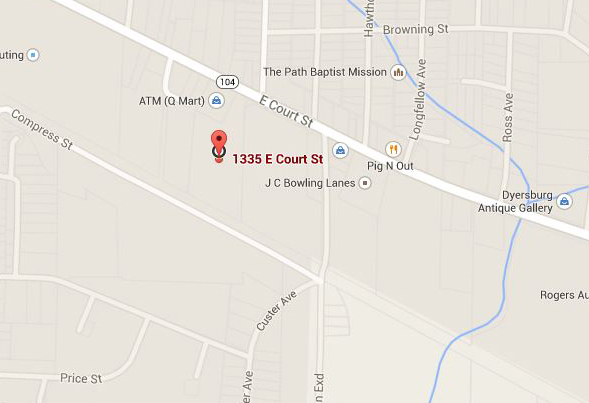Q: How high should I mow my lawn?
A: Research indicates that taller grass usually indicated a deeper root system. Closely mown grasses tend to be thicker and dense, but their root system tends to be shallow making plants more susceptible to hot, dry weather
Q: I want some color in my yard, but I don't want to spend much time or money. What can I do with a few hours on the weekend?
A: If you want to maximize the impact you get from a little color, place it in highly visible areas such as by your door, at the entrance to your drive, or in sight of your outdoor living area. If you have good soil and a place for a small bed, that is ideal. However, if your surfaces are paved, put your color in a pot(s). Select as big a pot as the area can hold and then fill it with annuals and perennials that are suited to the sun exposure it will receive.
Q: How should I water my lawn?
A: You should water deeply and infrequently. The goal for most lawns is 1" per week, and it is best if that is delivered "all at once" instead of over several days.
Q: What is the best time for me to water my lawn?
A: The best times to water your lawn are in the morning and late afternoon. The least desirable times are during the hottest hours of the day, when water evaporates to quickly, and late in the evening, which can cause the lawn to stay wet, encouraging disease development.
Q: What can I do about weeds?
A: Timing is critical for weed control. Pre-emergence weed control kills the germinating seeds that are plentiful in areas where weeds have prospered in the past. This is ideal for lawns and should be applied in late summer and again in late winter where weeds are persistent. Broadleaf weed control is effective in removing ground ivy, dandelions, and their kind that are already growing in lawns. Products such as glyphosate will kill anything that is green, so be very careful of applying sprays on windy days. If you are pulling your weeds by hand, by sure to get them before they set more seeds and repopulate the garden for next year. After a season of conscientious weed control, your problem will be reduced to a more manageable level. Remember, always read labels carefully to be sure you have the right product to kill the weed and not your desirable plants. Also, wear all protective equipment recommended, and mix and apply the product only as directed.
Q: How do I level a bumpy lawn?
A: You can fill in low spots with a one quarter inch layer of topsoil or sand. You may have to gradually fill in a low spot to avoid smothering the grass. Another alternative is to lift the sod with a shovel, fill with sand or topsoil, and replace the sod.





